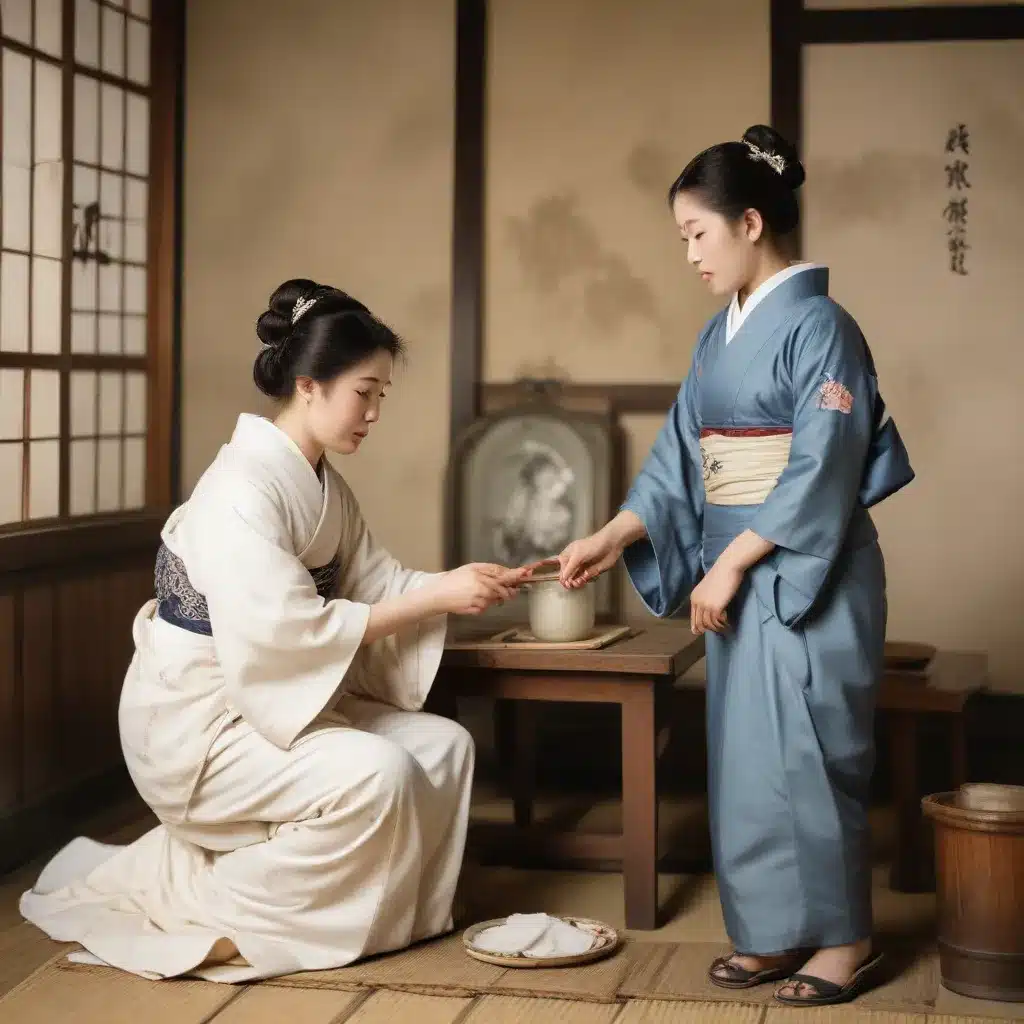
The Sanitary Society’s Mission to Modernize Public Health
During the late 19th century, Japan underwent a period of rapid modernization following the 1868 Meiji Restoration. This transformative process included a renewed focus on public health, where the concept of ‘hygiene’ took on new meanings and significance. Dr. Kerry Shannon from California State University, Dominguez Hills, has delved into the pivotal role played by the Sanitary Society of Japan in shaping the discourse around hygiene during this tumultuous era.
The Meiji Restoration marked the end of Japan’s Edo era, a time of increased opening of ports and the rise of a new political order. However, these changes also brought about public health challenges, with increased cases of diseases such as cholera, dysentery, and smallpox wreaking havoc across the country. In response, the Meiji government embarked on a series of public health reforms, which included establishing a central Hygiene Bureau, creating a nationwide network of hospitals and clinics, and implementing maritime quarantine boundaries.
Despite these efforts, the government struggled to persuade the public of the benefits of hygienic modernity, and there was continued resistance to unfamiliar and often misunderstood new health practices. It was within this context that prominent figures in medicine and the medical social sciences established the Sanitary Society of Japan (Dai Nippon Shiritsu Eiseikai) in 1883.
As Dr. Shannon explains, the Society’s mission was to reformulate popular understandings of hygiene and health in response to the government’s early public health programs. The Society served as a forum for discussing and sharing hygiene-related knowledge, bringing together doctors, pharmacists, medical researchers, and officials. Through speeches, articles, and educational initiatives, the Society sought to broaden the discourse of hygiene while ensuring that it remained within the purview of medical elites.
Viewing New Practices Through the Lens of Tradition
One of the key strategies employed by the Sanitary Society was to ground the new and unfamiliar concept of ‘hygiene’ within the familiar vocabulary of supposedly shared medical traditions. Dr. Shannon argues that the Society repurposed and reformulated supposedly native Japanese healing practices to make the idea of hygiene more palatable to the masses.
Society leaders invoked Edo-period concepts like seeking a ‘sick-free long-life’ (mubyō chōju) and the largely invented samurai-like discipline of ‘bushido’ to frame hygiene as an extension of Japan’s cultural heritage. By presenting hygiene as a unique and primordial Japanese concept, the Society aimed to foster a sense of continuity and cultural uniformity in the face of rapid change.
However, even among the medical elite, there was no clear consensus on what constituted ‘authentic’ hygiene. This ambiguity was sometimes leveraged by figures like Fukuzawa Yukichi, who encouraged Society members to manipulate the term to expedite the implementation of public health policy. Fukuzawa candidly admitted that linking hygiene to Japan’s old habits and customs was a means of transforming Japanese subjects into proper and responsible subjects without them ever becoming aware of it.
Nagayo Sensai and the Reinvention of Hygiene
One of the central figures in the Sanitary Society of Japan was Nagayo Sensai, often regarded as the ‘founder of hygiene in Japan’. Dr. Shannon delves into Nagayo’s pivotal role in shaping the discourse around hygiene during the Meiji era.
Nagayo is credited with rendering the German term ‘Gesundheitspflege’ into the Japanese ‘eisei’, which became the standard translation for ‘hygiene’. However, as Dr. Shannon points out, Nagayo’s understanding of hygiene was not a direct translation but an amalgamation of his observations of various Western health systems.
In his speeches to the Sanitary Society, Nagayo emphasized the need to revive Japan’s supposedly ancient military arts, including ‘bushido’, as the foundation for a uniquely Japanese form of hygiene. By linking hygiene to these cultural traditions, Nagayo sought to make the concept more accessible and appealing to the Japanese public.
Yet, Dr. Shannon notes that Nagayo’s sudden nostalgia for samurai skills was somewhat surprising given his previous critiques of Edo-era medical traditions and his advocacy of Western public health practices. This paradox reflects the complex and sometimes contradictory nature of the Meiji-era modernization process, as traditional practices were selectively reinvented to serve the needs of the present.
The Legacy of the Sanitary Society in Modern Japan
The Meiji era’s reinvention of hygiene and the work of the Sanitary Society of Japan have had a lasting impact on public health in Japan. As Dr. Shannon’s research demonstrates, the Society’s efforts to ground hygiene in Japanese cultural traditions helped to facilitate the adoption of modern public health practices and lay the foundation for a more robust healthcare system.
Today, Japan is renowned for its high life expectancy, universal healthcare coverage, and emphasis on preventive medicine. These achievements can be traced back, in part, to the groundwork laid by the Sanitary Society and other public health pioneers during the Meiji era.
However, contemporary Japan also faces new public health challenges, the foremost of which is an aging population. Addressing these challenges will require a continued commitment to innovation, collaboration, and cultural sensitivity in public health initiatives. The legacy of the Sanitary Society’s approach to hygiene serves as a valuable lesson in the importance of understanding and leveraging cultural contexts to drive meaningful and sustainable change.
As the Joint Action for Water blog continues to explore critical water and sanitation issues around the world, the insights gleaned from the Meiji-era Sanitary Society’s experience offer a unique perspective on the intersection of public health, cultural heritage, and community engagement. By reframing hygiene as a vital aspect of Japan’s cultural identity, the Society was able to overcome resistance and foster a more holistic approach to improving public health outcomes. This approach serves as a powerful model for water and sanitation advocates seeking to engage communities and drive lasting, meaningful change.

